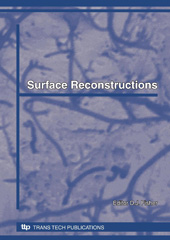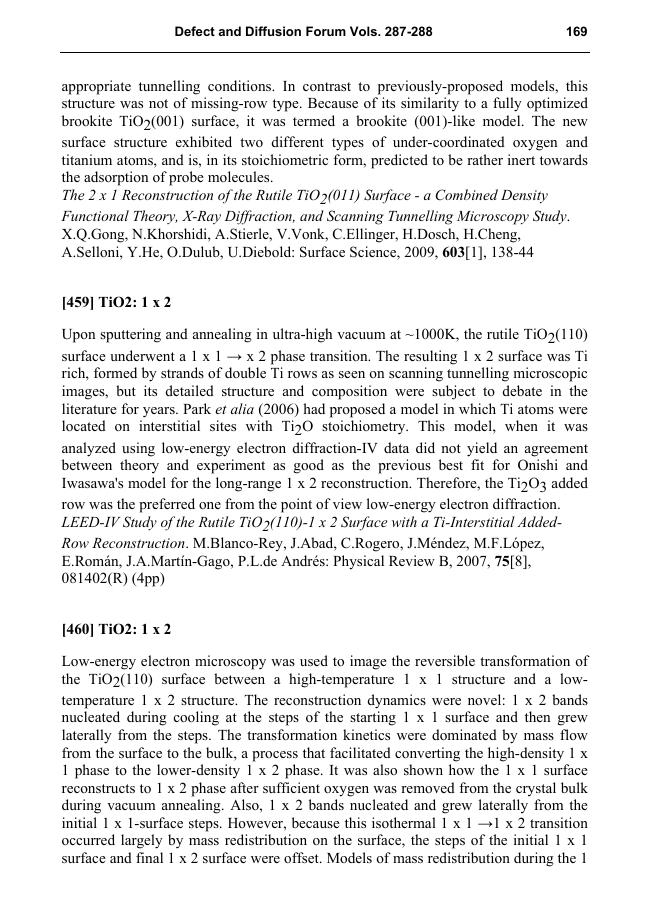2009 - Trans Tech Publications
E-book
Digital Version
Download | Copy/paste | Printing
Surface Reconstructions
378 p.
- It is well-known, even at the most elementary level of scientific knowledge, that free surfaces have properties which make them differ from the underlying bulk material. In the case of liquids, it is common knowledge - even among laymen - that the liquid surface acts as though it were a distinct skin-like material. At a slightly more advanced level, it is known that the liquid surface will seek to minimize its total surface energy by minimizing its surface area; thereby affecting its local vapor-pressure and adsorption behavior. In the case of solids too, it has long been known that different crystallographic surfaces have different surface energies and that this can decide which surfaces âÂsurvive' during crystal growth, and govern how solids - especially small particles - respond to prolonged annealing.However, although it was perhaps theoretically âÂobvious', it is only relatively recently (since the 1950s) that it has come to be realized that solid surfaces will seek to minimize their total surface ener
- gy not only by minimizing their area, but also by changing their local surface structure. This process has come to be known as surface reconstruction. Study of this phenomenon has exploded in interest in recent years, partly because of the ever-increasing sophistication of the experimental techniques available for examining surfaces in the required detail, and partly because of the importance of the phenomenon in such fields as catalysis and layered (epitaxial) construction of semiconducting devices. [Publisher's text].
- Special access authorizations may apply; please contact us for further information.
-
Information



